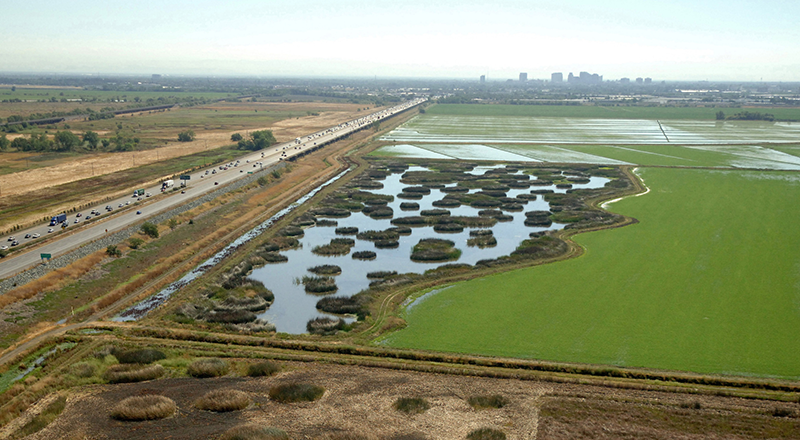Green bonds are touted as the way to bring capital to environmental projects like smart infrastructure, clean energy development, and climate resiliency projects. Despite their acclaim, many questions circling green bonds remain. How can we translate the international success of green bonds to the U.S.? How can we ensure that green bond projects are structured in ways that clearly benefit investors and society? And importantly, will green bonds attract enough investment to fill the current financing gap?
In California especially, interest in leveraging green bonds to transition to a low-carbon economy is gaining momentum. Earlier this year, California State Treasurer John Chiang hosted a Green Bonds Symposium to explore the opportunities and barriers to developing a robust green bond marketplace in the U.S. Coming out of the symposium, one thing was for certain – green bonds are here to stay. Here are my thoughts on how we can maximize the power of the green bond.
Know What You’re Working With
Green bonds function the same way as normal bonds—as debt obligations that have a variable or fixed interest rate— with the twist that they are used to fund projects with environmental benefits. Green bonds are not to be confused with another commonly used term, environmental impact bonds (EIBs).
EIBs are not actual bonds. Instead, they are pay for performance contracts in which the contracting entity pays the investor(s) back based on realized environmental outcomes. It is important to know which tool you are working with because they function and incentivize environmental outcomes in different ways.
Understand the Many Shades of Green
The “green” label of a bond has no standard definition, which can lead to misuse or accusations of green-washing, exposing issuers and investors to reputational risks. To combat this, issuers should follow the internationally-accepted green bond principles or get a second-opinion to verify the project and outcomes of a green bond. Additionally, Nordic investors have found that defining “shades of green” can help bond issuers and investors better align expectations related to the type of “green” outcomes that are to be expected from a project.
Attract Investment by Demonstrating Results
To maintain the value of the green bond label and protect the reputation of the issuers and investors, it is critical to measure the impacts of projects financed with green bonds. Metrics to measure green bond outcomes must be transparent and allow for
- Improved tracking and reporting of environmental benefits from projects
- Ability to demonstrate progress toward regional goals (climate resiliency, water quality, etc.)
- Communicating results to investors and the general public, which will, in turn, increase demand for similar bonds
If we can improve both how we communicate and how we report results using green bond financing, we can attract new investors seeking to support sustainable projects that create environmental or social benefit. This includes catalyzing support from elected officials and voters to support issuance of green bonds or similar ballot initiatives. Linking results directly to regional priorities can also mobilize citizens to invest directly in their communities through innovative peer-to-community financial platforms like Neighborly. The marketing value of the “green” label, backed by real results, may be the key that attracts new investors to lesser known bond issuers, like special districts.
Put Green Bonds to Work
Tying payment to environmental outcomes using pay for performance contracting (i.e. EIBs) is, in my opinion, one of the best ways to demonstrate results and increase the performance of bond financing. Importantly, the entities with the most power to influence project outcomes should be the ones incentivized to actually achieve them. This is usually the producer or service provider implementing a project (i.e. a restoration biologist, building contractor, engineer), and not the bond issuer. Contracts and payments should be designed with these risk-reward trade offs in mind.
So what does the future of green investing look like? Green bonds are one tool in the conservation finance toolkit—they are not the end-all be-all for funding sustainable projects. I believe integrating pay for performance contracts into the projects funded by green bonds is critical for both improving outcomes and supporting innovative implementation approaches. By appropriately lining up the financial and social incentives for achieving environmental outcomes, we can motivate greater impact and benefit for each dollar invested.



